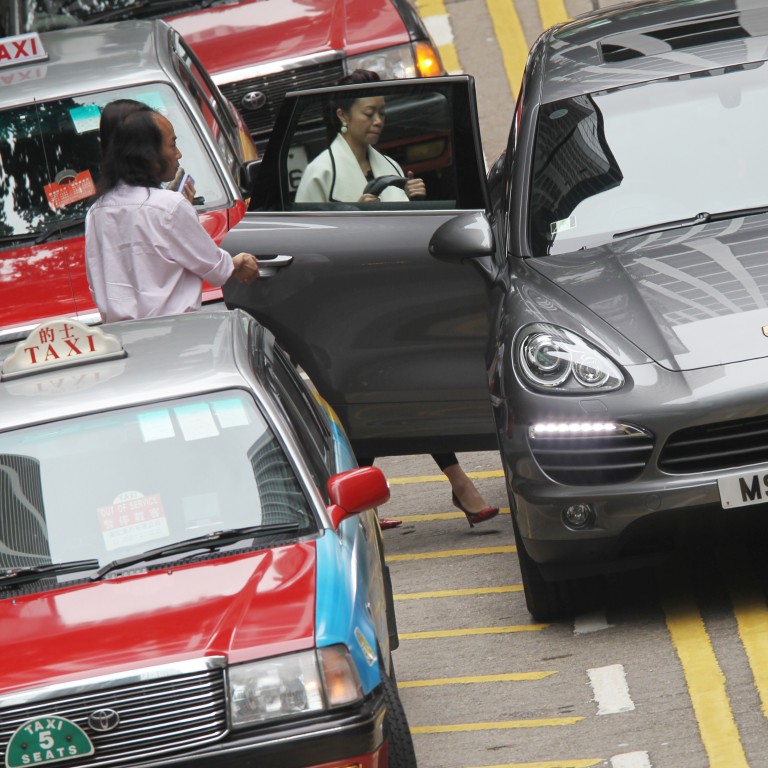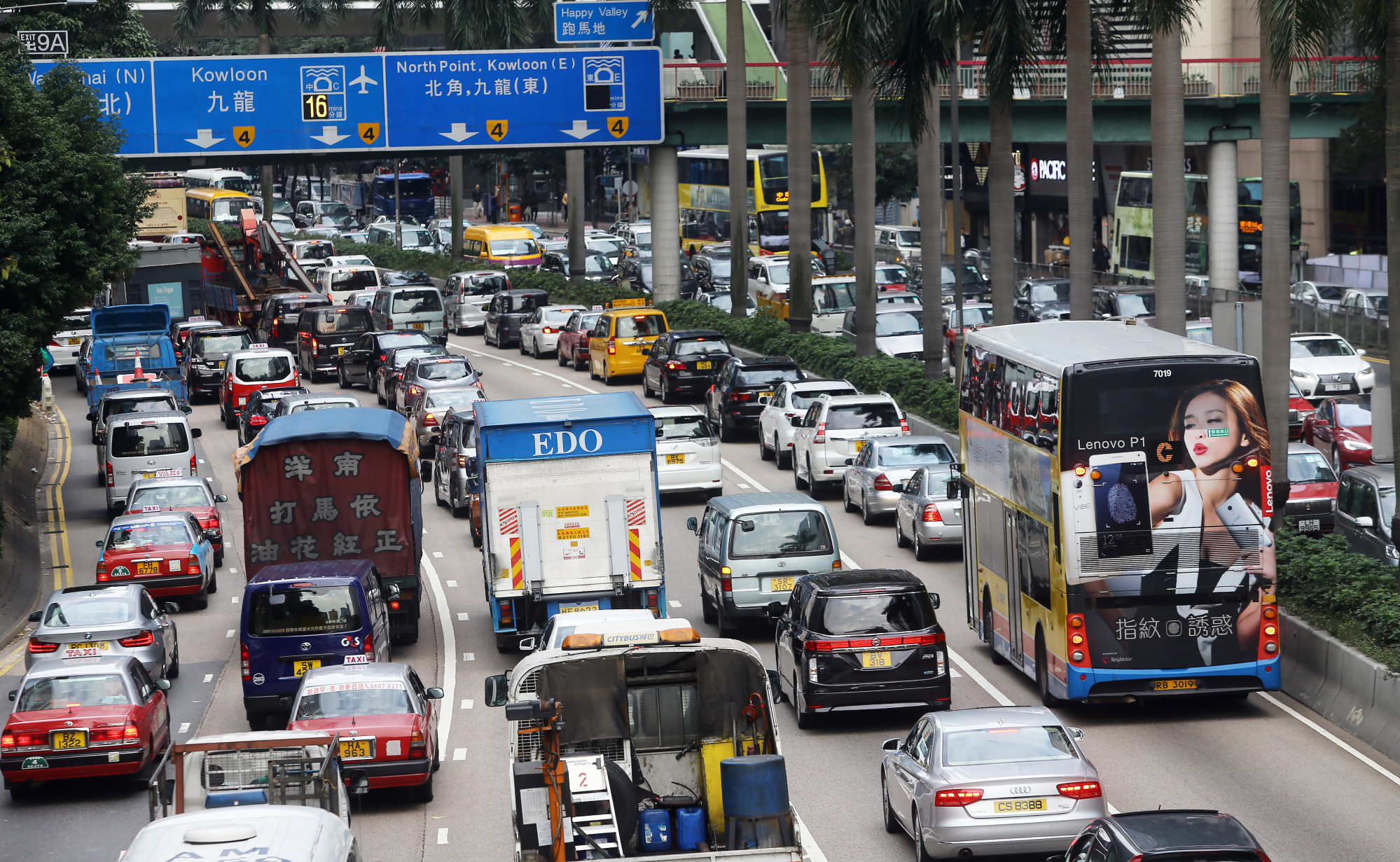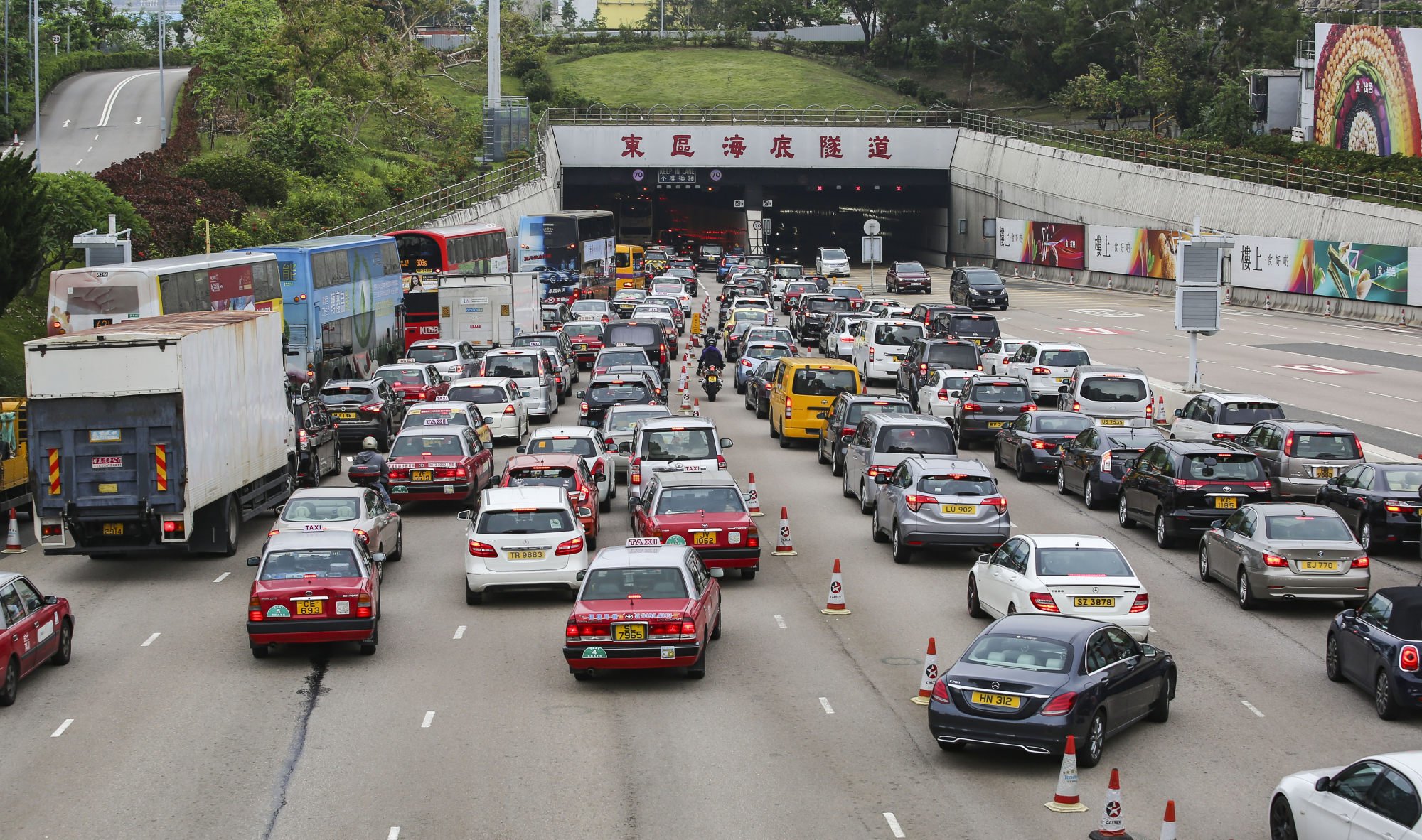
Driving me mad: where did Hong Kong motorists learn their annoying habits, from speeding to parking and changing lanes?
- Every country has its bad drivers, and Hong Kong’s worst must have studied hard to do the wrong thing and make it look so natural
- From trying to mate with the vehicle in front before passing on the inside, to never giving way or indicating, here are some common annoyances
Back in the 1960s comedian and actor Bob Newhart performed a famous stand-up monologue called the Bus Drivers’ School. His premise was that American bus drivers must be specially taught to make life hell for their passengers, because they did it in ways which couldn’t simply be instinctive. Skills on the school’s curriculum included slamming doors in the faces of old ladies and mispronouncing street names.
Listening to this again recently, it occurred to me that there is perhaps a similar institution offering advanced driving tuition to Hong Kong motorists. Many have mastered road skills that they cannot possibly have been taught by the HK School of Motoring, or any equivalent institution here or overseas.
Classes, I imagine, would cover some or all of the following disciplines.
Tailgating: on Hong Kong’s congested roads there is no room for braking distance. Drive as close to the vehicle in front of you as possible – particularly at speed.

Signalling: optional. Why not allow your fellow motorists the entertaining diversion of guessing what you are going to do next? If you do decide to use an indicator, leave it to the very last minute before making your move. Advanced Hong Kong drivers like to signal left just before turning right. But if merely changing lanes, you shouldn’t bother at all.
Speed limits: to be strictly observed in the field of view of enforcement cameras, or on stretches of road where traffic policemen are known to lurk. Otherwise to be ignored. When slowing down for a camera, slam on the brakes within the last few metres before passing it.
Parking: an art in itself. Parking bays in Hong Kong are narrow, so try to straddle two. This will allow much more convenient access to your vehicle when you return to it. On narrow, single-track roads in the New Territories, feel free to leave your car or van in any of the small number of places where the road has been widened to allow other vehicles to pass.
Sounding the horn: follow Italian etiquette. If another vehicle stopped at a red traffic light has failed to move within a nanosecond of the change to green, immediately sound your horn for several seconds. Overcautious learner drivers find this show of support particularly reassuring. When a long queue of traffic is at a standstill, for whatever reason, all drivers should sound their horns simultaneously. This cannot fail to expedite the clearance of any obstruction.
Yellow boxes: there to add a splash of colour to the drab surface of the road. Don’t hesitate to occupy these whether or not your exit is clear – and particularly if you are able to block somebody else’s right of way.

Giving way: a sign of weakness. Never do it.
There are probably also special courses on last-minute merging, overtaking on the inside or across double white lines, and on how best to divide your attention between the road and a pressing mobile phone conversation – hands-free or otherwise.
I need help with these, but just can’t locate the contact details for the school. Does anybody have them?

